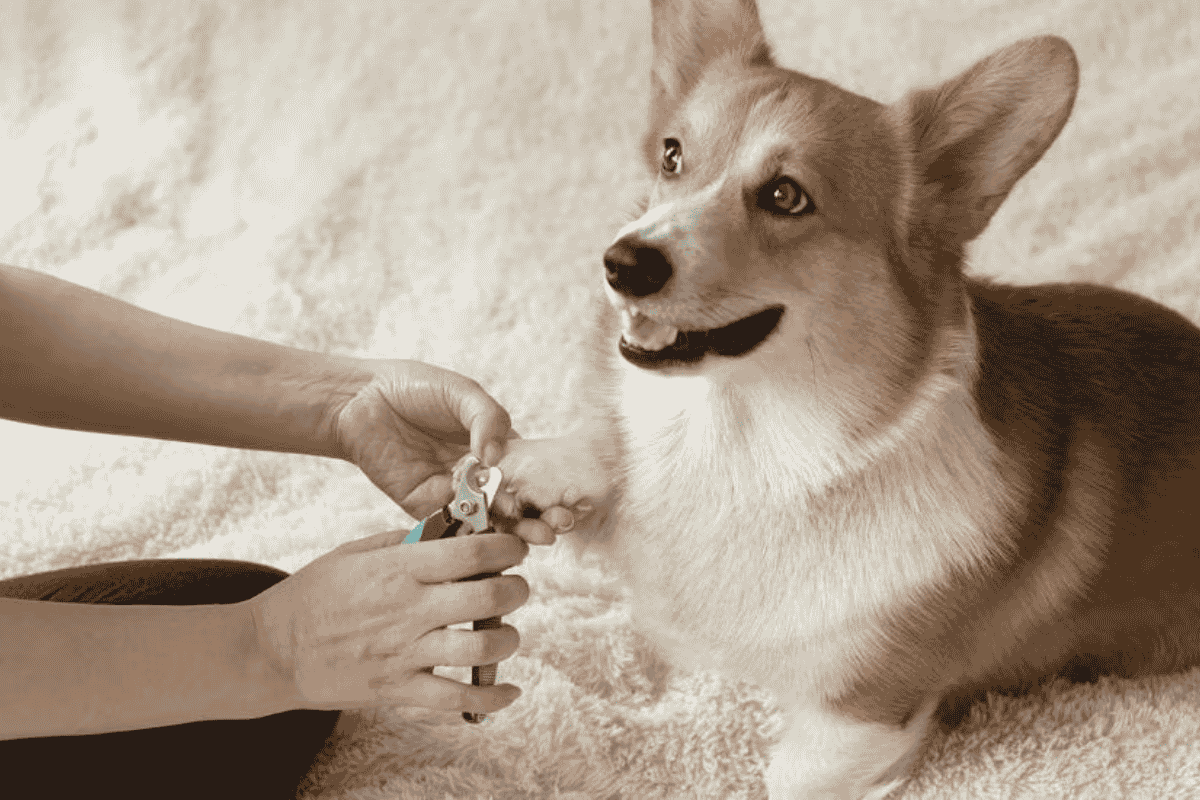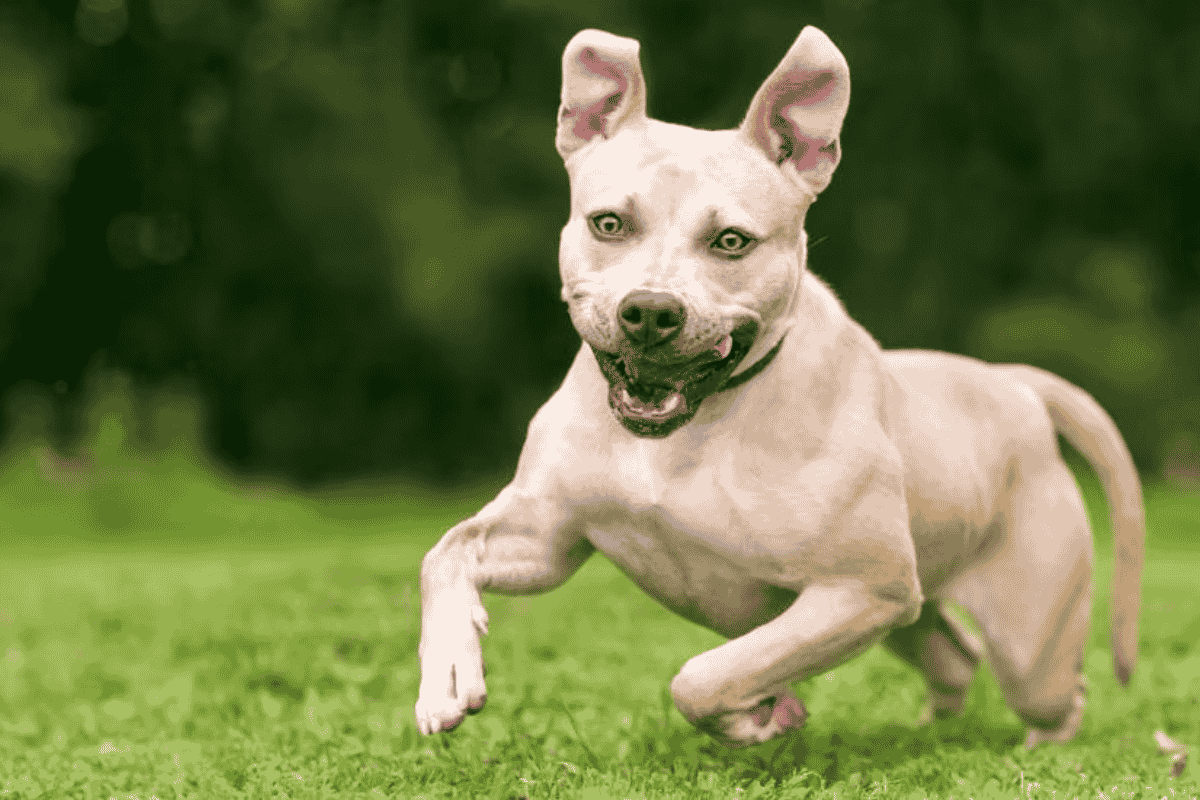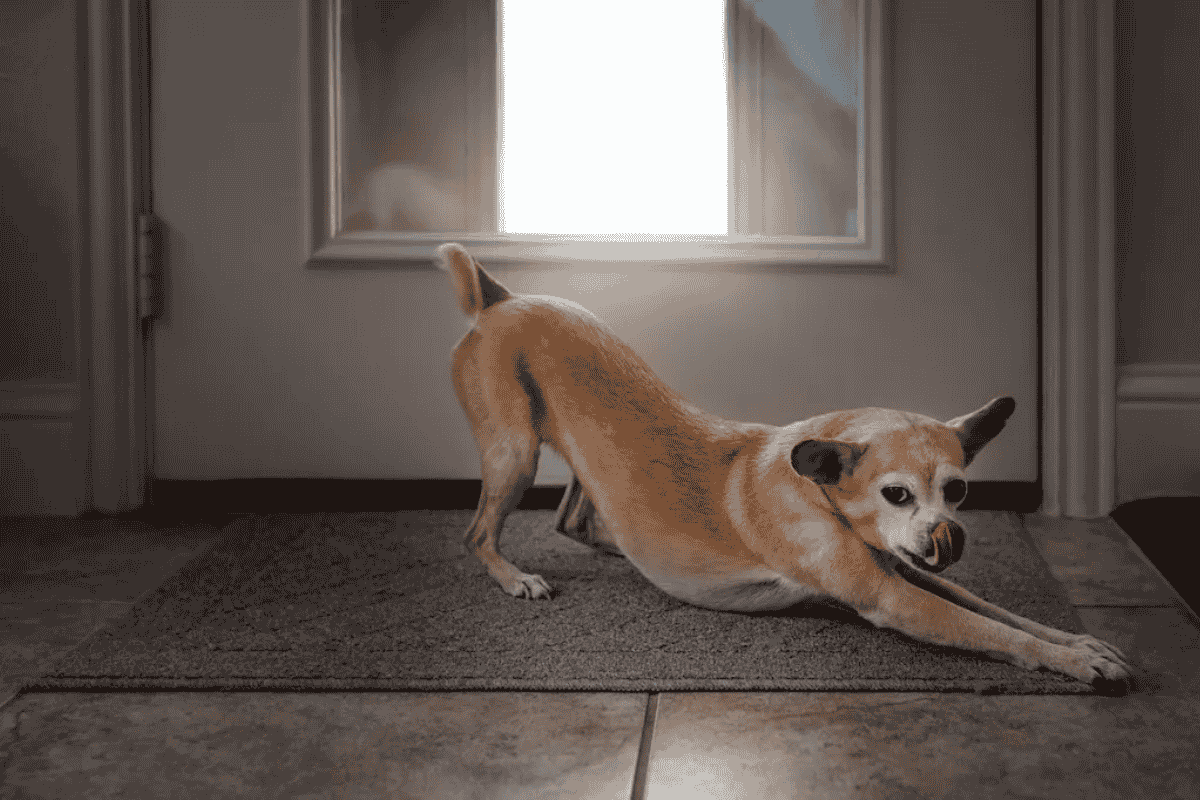Fleas are small, fast-moving parasites that thrive on your dog’s skin and fur. They are oval-shaped, only a couple of millimeters in size, and range in color from brown to black.
Equipped with six legs, fleas crawl quickly through fur and can be mistaken for dirt or tiny insects like ants. Unlike dry skin flakes, flea dirt appears as black specks, which are actually digested blood and feces.
Signs Your Dog May Have Fleas
Dogs with fleas can display a variety of symptoms. Common signs include:
- Persistent itching and scratching
- Hair loss or thinning coat
- Red, irritated skin or small bumps
- Chewing at the skin
- Visible fleas or flea dirt in the fur
- Decreased appetite and lethargy
Flea bites themselves typically look like small, red, raised bumps. In dogs with sensitivities or allergies, these can become more pronounced, circular, and warm to the touch.
Dry Skin vs. Fleas
It’s easy to confuse dry skin with fleas. Dry skin causes white flakes in your dog’s coat and often stems from environmental factors, over-bathing, or lack of skin moisture. Fleas, however, leave behind dark specks and move rapidly. Both conditions cause itchiness, but careful inspection will help distinguish between them.
How to Check for Fleas
Regular checks are essential to catch fleas early. Steps include:
- Use a flea comb or brush, starting at the head and working toward the tail.
- Pay special attention to the base of the tail, where fleas often hide.
- For thick or easily tangled coats, part the fur and inspect close to the skin.
- Look for live fleas or flea dirt.
If fleas are found, bathe your dog with a flea shampoo to remove live pests before following up with preventative treatments.
Treatment Options
Your veterinarian can recommend treatments tailored to your dog’s needs. Options include:
- Oral Preventatives (e.g., Credelio Quattro – also protects against heartworms, tapeworms, roundworms, and hookworms)
- Fast-Acting Oral Treatments (e.g., Capstar)
- Flea Shampoos (e.g., Adams Plus)
- Topical Preventatives (e.g., K9 Advantix II)
To relieve itching and discomfort, vets may also prescribe antihistamines (hydroxyzine), corticosteroids (prednisone), allergy injections (Cytopoint), or anti-itch medications (Apoquel).
Environmental Management
Because fleas can survive for months in the environment, treatment isn’t limited to your dog alone. Effective flea control includes:
- Washing pet bedding and linens frequently
- Vacuuming carpets, furniture, and floors regularly
- Checking and treating all pets in the household
- Keeping dogs on year-round flea prevention
FAQs
Can you see fleas on dogs?
Yes. Fleas are visible to the naked eye, but they move quickly and may jump on and off your pet, making them easy to miss.
What do flea bites look like on dogs?
They appear as tiny, red, raised bumps. In sensitive dogs, they may swell into larger, circular patches that are red and warm.












